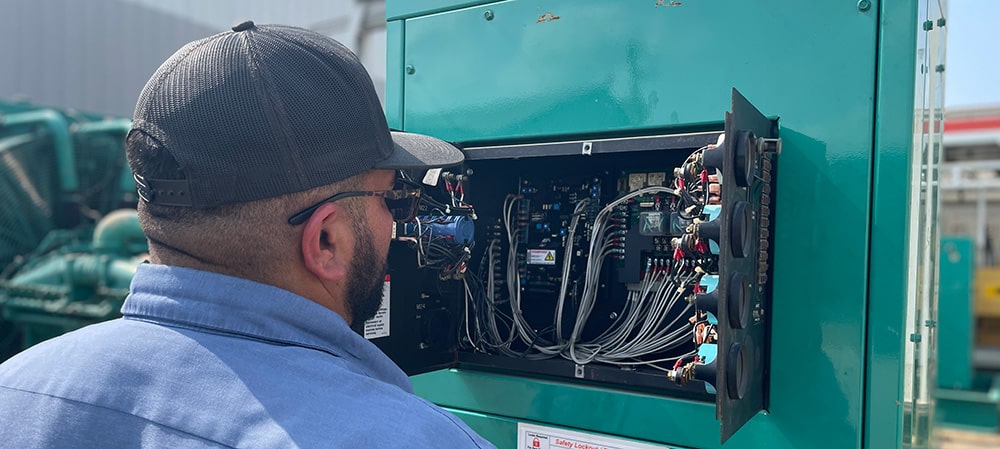Essential Considerations for Ensuring Quality and Longevity in operation Engines
When considering the purchase of a made use of engine, guaranteeing its top quality and durability requires a multifaceted approach. Maintenance history is an essential element, as it offers insight right into the engine's past treatment and possible future reliability. Performance screening is also important, using a picture of the engine's functional efficiency.
Engine History Evaluation
In the realm of used engines, a thorough engine history evaluation is critical to ensuring high quality and dependability. Recognizing an engine's past can provide vital understandings right into its performance abilities and prospective future long life. A meticulous history testimonial includes several key elements that play a considerable role in assessing an engine's condition. To start with, maintenance records are indispensable. Normal upkeep, including oil adjustments, filter replacements, and set up tune-ups, indicate that the engine has been well-cared-for, lowering the likelihood of unanticipated failings.
Furthermore, reviewing any kind of history of repair work or replacements is important. Engines that have actually gone through significant repairs might have underlying issues that might resurface. Comprehending the context of such repairs, whether because of manufacturing problems or owner negligence, is crucial in forming a thorough assessment. Moreover, checking out the engine's mileage can act as a sign of wear and tear. Lower mileage engines are generally better, yet it is likewise crucial to consider exactly how those miles were gathered. An engine utilized primarily for long-distance highway driving may be in much better problem than one based on frequent stop-and-go city traffic.
Essentially, an exhaustive examination right into an engine's background is crucial for making enlightened purchasing choices. used engines for sale.
Comprehensive Inspection Overview
While understanding an engine's background provides important context, a detailed assessment is the next action to ensure its present problem straightens with historic data. The assessment ought to start with a visual evaluation, examining for indications of leaks, deterioration, and unusual wear. Evaluate the outside for oil spots or coolant marks, which might show underlying concerns.
Following, assess the engine's mounting system for any kind of loosened screws or problems that could impact performance. Pay close focus to the condition of belts and hoses, as these parts are crucial for optimal engine capability. Examine for fractures, fraying, or any indicators of degeneration.

Determining Deterioration
Identifying indicators of wear and tear is vital for assessing a made use of engine's longevity and dependability. It involves a precise assessment of different engine components to identify their present state and potential future performance.
One more important element is inspecting the engine's seals and gaskets. These components are essential for maintaining proper stress and preventing liquid leaks. Evidence of oil leaks or worn gaskets usually suggests wear and tear, possibly bring about much more serious problems otherwise dealt with promptly. Additionally, uncommon noises throughout engine operation, such as knocking or ticking sounds, might suggest interior damages or excessive endure moving parts like pistons or bearings.
The problem of belts and pipes is similarly important, as they play a crucial function in the engine's overall feature. Fractured or torn belts and breakable hose pipes are indications of aging that might lead to engine failing if disregarded. Analyzing the oil problem and filter can provide insights right into previous maintenance practices, as filthy oil or blocked filters recommend neglect and accelerated wear.
Efficiency Screening Essentials
Assessing the damage of engine components establishes the stage for a thorough assessment via performance screening. Efficiency screening acts as a critical action in establishing the functional honesty of a made use of engine. By mimicing real-world conditions, it examines the engine's capability to provide power successfully and dependably. Secret metrics consist of horsepower, torque, fuel efficiency, and emissions levels. This information offers beneficial insights into the engine's present performance and helps determine potential problems that may not be right away visible.
Making use of dynamometers is a typical approach in efficiency screening. These gadgets determine the engine's outcome throughout numerous problems, providing an in-depth account of its performance. Additionally, on-road screening matches dynamometer analyses by observing engine habits under regular driving scenarios, guaranteeing it fulfills the called for requirements for both safety and performance.
Advanced analysis tools further improve the capability to identify underlying concerns. These devices evaluate engine administration systems, official statement recognizing mistakes in digital elements that could influence efficiency. Comprehensive screening not just confirms the engine's operational status but additionally aids in projecting future best site maintenance needs. This ensures the utilized engine can provide trusted efficiency over an extended period, thus maximizing its worth and life span.
Maintenance and Care Tips
Appropriate maintenance and treatment are important to lengthening the life expectancy of an utilized engine and ensuring its consistent efficiency. Regular oil changes are vital; making use of the manufacturer's recommended oil kind and grade can protect against extreme damage. Furthermore, oil filters ought to be replaced simultaneously to maintain optimum lubrication and tidiness within the engine.
Keeping an eye on fluid levels, consisting of coolant, transmission liquid, and brake fluid, is essential. Making sure these fluids go to suitable degrees assists avoid overheating and various other mechanical problems. Inspecting belts and hoses for indications of wear, such as fractures or fraying, can prevent prospective failures that might bring about pricey repair services.
Routine inspection of the air filter is likewise essential, as a tidy filter ensures efficient air movement and burning, therefore enhancing engine efficiency. Ignition system ought to be examined and replaced when required to maintain effective gas combustion and avoid engine misfires.
Finally, normal diagnostic checks using professional tools can recognize potential problems before they become substantial troubles. By sticking to these maintenance and care tips, used engine proprietors can ensure their engines continue to be reputable, effective, and efficient in executing more than an extensive duration.
Conclusion
